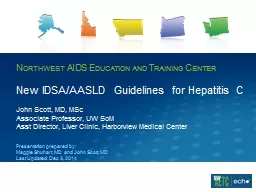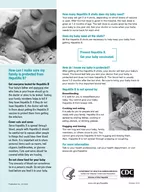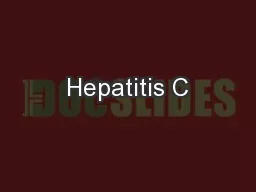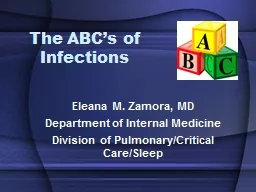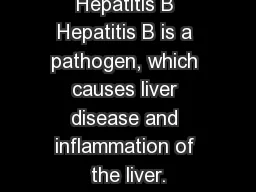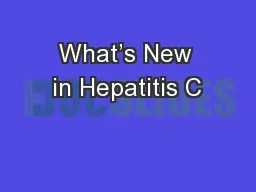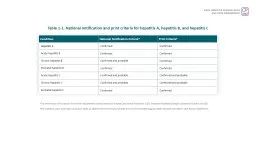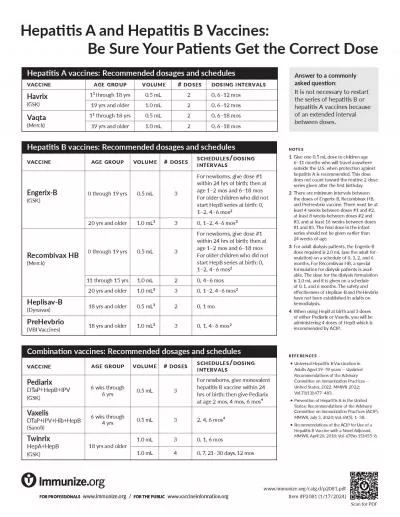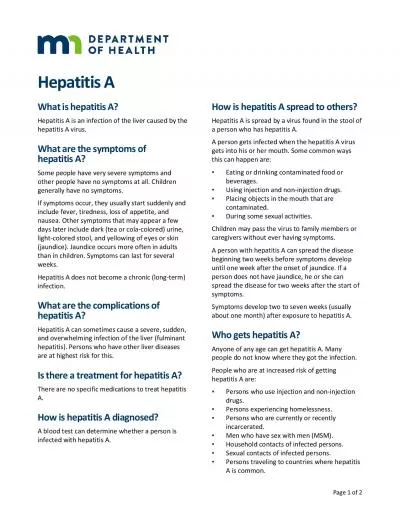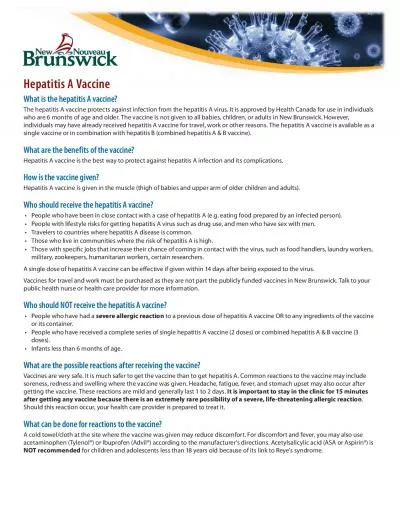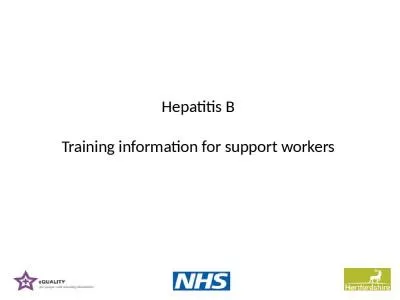PPT-New IDSA/AASLD Guidelines for Hepatitis C
Author : debby-jeon | Published Date : 2016-07-01
John Scott MD MSc Associate Professor UW SoM Asst Director Liver Clinic Harborview Medical Center Presentation prepared by Maggie Shuhart MD and John Scott MD
Presentation Embed Code
Download Presentation
Download Presentation The PPT/PDF document "New IDSA/AASLD Guidelines for Hepatitis ..." is the property of its rightful owner. Permission is granted to download and print the materials on this website for personal, non-commercial use only, and to display it on your personal computer provided you do not modify the materials and that you retain all copyright notices contained in the materials. By downloading content from our website, you accept the terms of this agreement.
New IDSA/AASLD Guidelines for Hepatitis C: Transcript
Download Rules Of Document
"New IDSA/AASLD Guidelines for Hepatitis C"The content belongs to its owner. You may download and print it for personal use, without modification, and keep all copyright notices. By downloading, you agree to these terms.
Related Documents

